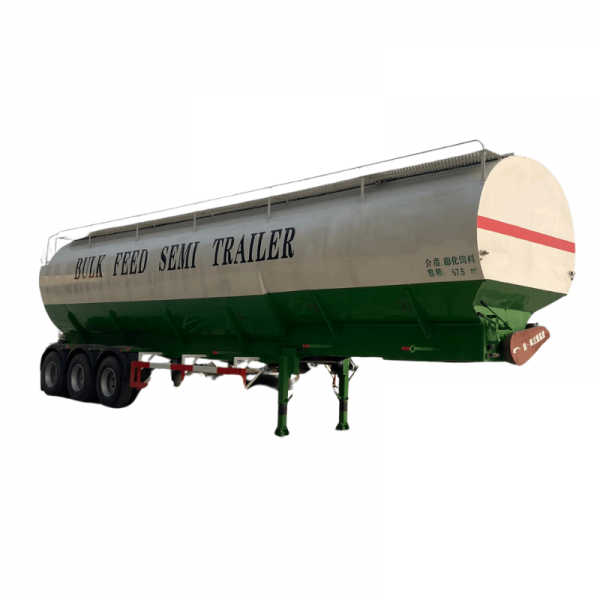Introduction:
As urban centers continue to grow and the global population increases, efficient waste management systems become paramount. Garbage truck transfer stations have emerged as critical components in the process of handling and disposing of municipal solid waste (MSW). By streamlining the collection and transportation of waste, these transfer stations play a crucial role in maintaining clean and sustainable cities. This article explores the concept of garbage truck transfer stations, their importance in waste management, and the innovations that are shaping the future of this vital infrastructure.
1. Understanding Garbage Truck Transfer Stations:
1.1 Definition and Function:
Garbage truck transfer stations, also known as waste transfer stations, are facilities where waste collection vehicles unload their contents for further processing and transportation. These stations act as centralized hubs for consolidating waste from multiple collection points within a city or region. The primary function of transfer stations is to facilitate the transfer of waste from smaller collection vehicles to larger, long-haul vehicles, such as semi-trailer trucks or railcars.
1.2 Components and Design:
A typical garbage truck transfer station consists of various components designed to maximize efficiency and minimize environmental impacts. These components may include:
1.2.1. Waste Receiving Area: This area is equipped with ramps or pits to allow garbage trucks to safely unload their contents.
1.2.2. Waste Sorting and Processing Area: Once unloaded, waste is sorted and processed to remove recyclable materials, hazardous waste, and other contaminants. This step helps optimize waste diversion and recycling efforts.
1.2.3. Waste Compaction Equipment: Compactors are used to compress waste, reducing its volume and allowing for more efficient transportation.
1.2.4. Storage and Loading Area: Waste is temporarily stored and loaded onto larger vehicles for long-distance transportation to disposal sites, recycling facilities, or energy recovery plants.

2. Importance of Garbage Truck Transfer Stations:
2.1 Waste Collection Efficiency:
Garbage truck transfer stations significantly improve waste collection efficiency by reducing the time spent collecting waste from various locations. Instead of each collection vehicle traveling long distances to disposal sites, these stations enable shorter routes, minimizing fuel consumption and reducing traffic congestion.
2.2 Resource Recovery and Recycling:
Transfer stations offer a crucial opportunity for waste sorting and processing, enabling the recovery of valuable resources. By extracting recyclable materials, such as paper, plastic, and metals, transfer stations contribute to the circular economy and promote sustainable waste management practices.
2.3 Waste Diversion and Landfill Avoidance:
Effective waste diversion strategies are essential to reduce the strain on landfills and promote sustainable waste management. Garbage truck transfer stations facilitate waste diversion by separating materials suitable for recycling, composting, or energy recovery. This diversion reduces the amount of waste sent to landfills, preserving valuable land and minimizing environmental pollution.
2.4 Cost-Effectiveness:
Transfer stations provide cost benefits by optimizing waste collection routes, reducing fuel consumption, and improving operational efficiency. By consolidating waste at a centralized location, economies of scale can be achieved, resulting in lower transportation costs and improved resource allocation.
3. Innovations and Advancements:
3.1 Automation and Robotics:
The integration of automation and robotics in garbage truck transfer stations has the potential to revolutionize waste management. Automated sorting systems, optical sensors, and robotic arms can efficiently separate recyclable materials from the waste stream, enhancing resource recovery and reducing reliance on manual labor.
3.2 Waste-to-Energy Technologies:
Garbage truck transfer stations can be equipped with waste-to-energy technologies, such as anaerobic digestion or incineration, to convert organic waste into renewable energy sources. This approach not only reduces landfill dependency but also generates electricity or heat, contributing to a more sustainable energy mix.
3.3 Smart Monitoring and Data Analytics:
Advancements in data analytics and smart monitoring systems enable real-time tracking of waste volumes, traffic patterns, and operational efficiency. By analyzing this data, waste management authorities can optimize transfer station operations, predict waste generation patterns, and make informed decisions to improve overall waste management strategies.
4. Environmental Considerations:
4.1 Odor Control and Air Quality:
Proper odor control measures, including ventilation systems and odor-neutralizing technologies, are crucial to mitigate the negative impacts associated with garbage truck transfer stations. Additionally, the implementation of air quality monitoring systems can ensure compliance with environmental regulations and protect the health of workers and nearby communities.
4.2 Noise and Visual Impact:
Transfer stations can generate noise and visual disturbances due to the movement and compaction of waste, as well as the operation of heavy machinery. Implementing https://www.heli-truck.com/fuel-tank-truck/ , landscaping, and architectural design elements can help mitigate these impacts, making transfer stations more aesthetically pleasing and acceptable to surrounding communities.
4.3 Environmental Sustainability:
To enhance environmental sustainability, transfer stations should prioritize waste reduction, recycling, and energy recovery. Implementing renewable energy systems, rainwater harvesting, and green infrastructure can further minimize the environmental footprint of these facilities, promoting a circular economy and contributing to overall sustainability goals.
Conclusion:
Garbage truck transfer stations are vital components of modern waste management systems. By optimizing waste collection, sorting, and transportation, these facilities play a critical role in maintaining clean and sustainable cities. As technology continues to evolve, transfer stations will embrace innovations such as automation, waste-to-energy technologies, and smart monitoring systems to further enhance their efficiency and minimize environmental impacts. With their potential to promote resource recovery, waste diversion, and cost-effectiveness, garbage truck transfer stations will continue to be integral in building a sustainable future for waste management.
